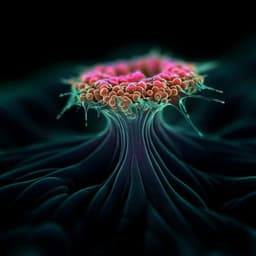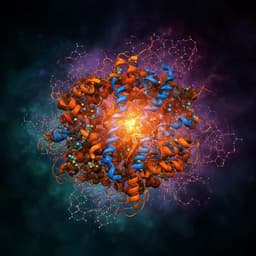
Biology
An on-demand, drop-on-drop method for studying enzyme catalysis by serial crystallography
A. Butryn, P. S. Simon, et al.
Discover how cutting-edge serial femtosecond crystallography has been transformed by a groundbreaking drop-on-drop sample delivery system that allows for enzyme-catalyzed reactions in microcrystal slurries. This innovative method, developed by a team of researchers including Agata Butryn and Philipp S. Simon, promises to enhance our understanding of enzyme reactions with small molecule substrates.
~3 min • Beginner • English
Related Publications
Explore these studies to deepen your understanding of the subject.







